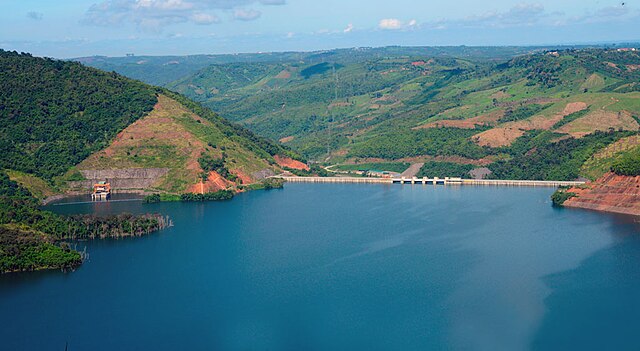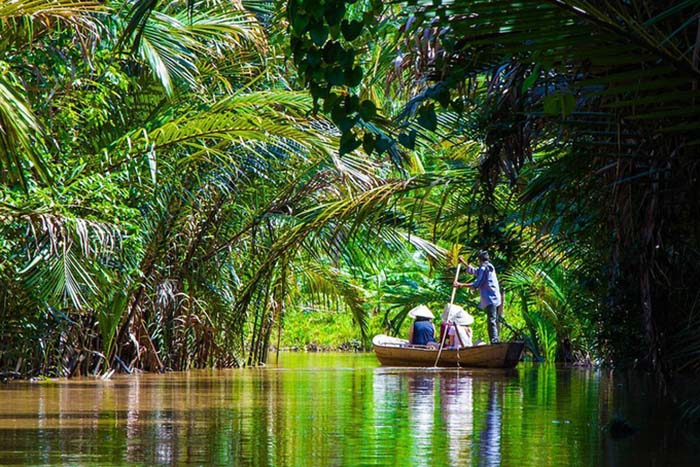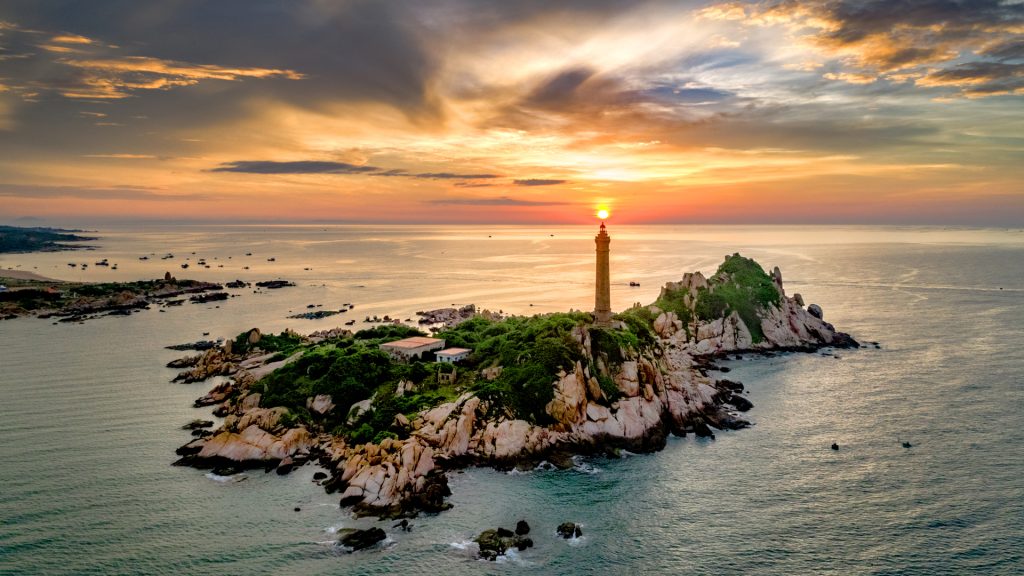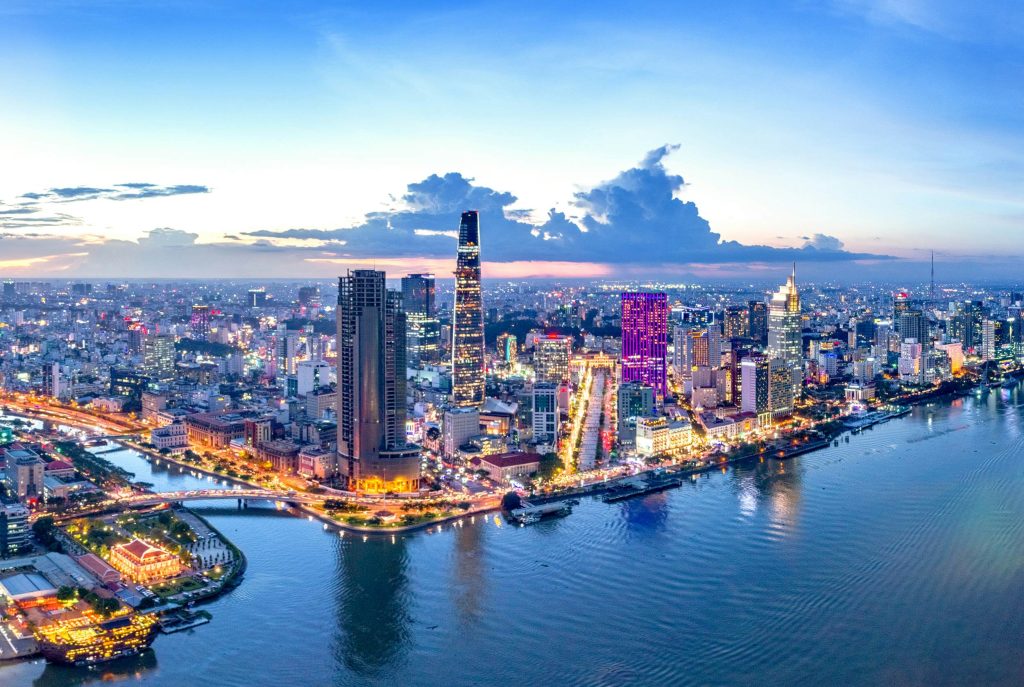Phu Quoc – A guide basic for the trip
Phu Quoc Island, situated in the Gulf of Thailand off Vietnam’s southwest coast, is renowned for its stunning natural beauty and tranquil atmosphere. The island is characterized by pristine white-sand beaches, crystal-clear waters ideal for snorkeling and diving, and lush tropical landscapes.
Visitors can explore attractions such as Long Beach, Bai Sao Beach, and the Phu Quoc National Park, which offers hiking trails through dense forests and waterfalls. The island’s fish sauce factories and pepper plantations are also significant cultural and culinary attractions.
Phu Quoc has seen rapid development in recent years, with luxury resorts, boutique hotels, and vibrant night markets offering a range of accommodations and dining options. Despite its growth, the island retains a relaxed ambiance, making it an ideal destination for both relaxation and outdoor adventures.
Overall, Phu Quoc Island captivates with its natural wonders, cultural experiences, and opportunities for leisure, appealing to travelers seeking an escape to a tropical paradise in Vietnam.
I. When is the best time to visit Phu Quoc Vietnam?
The best time to visit Phu Quoc Island in Vietnam is during the dry season, which typically runs from November to April. During these months, the weather is generally sunny and dry, with minimal rainfall and comfortable temperatures ranging from 25°C to 32°C (77°F to 90°F).
Specifically, December to March is considered the peak tourist season on Phu Quoc, as the weather is most favorable for beach activities, snorkeling, and diving. The sea is calm and clear during this period, making it ideal for water sports and exploration of the island’s marine life.
From May to October, Phu Quoc experiences its rainy season, characterized by higher humidity and occasional heavy rain showers. While the island can still be visited during these months, outdoor activities may be impacted by the weather. However, this period can be quieter with fewer tourists, and accommodation prices may be lower.
Ultimately, for those seeking the best weather and optimal conditions for enjoying the beaches and outdoor activities on Phu Quoc Island, the dry season from November to April is recommended.
II. What to do in Phu Quoc Vietnam?
Phu Quoc Island offers a variety of activities and attractions to suit different interests. Here are some things to do while visiting Phu Quoc:
- Explore Beaches: Relax on pristine beaches such as Long Beach, Bai Sao Beach, and Ong Lang Beach. Enjoy swimming, sunbathing, and water sports like snorkeling and kayaking.
- Visit Phu Quoc National Park: Trek through Phu Quoc National Park to discover lush forests, diverse wildlife, and scenic hiking trails. Visit attractions like Suoi Tranh Waterfall and climb up Mount Chua for panoramic views.
- Snorkeling and Diving: Explore the vibrant underwater world around Phu Quoc. Join snorkeling or diving tours to coral reefs and marine sanctuaries like Turtle Island (Hon Doi Moi) and the An Thoi Archipelago.
- Visit Fish Sauce Factories: Learn about Phu Quoc’s famous fish sauce (nuoc mam) production by visiting local fish sauce factories. It’s a unique cultural experience to see how this essential Vietnamese condiment is made.
- Explore Local Markets: Wander through Phu Quoc’s night markets such as Dinh Cau Night Market and Phu Quoc Night Market. Sample fresh seafood, local dishes, and shop for souvenirs, handicrafts, and clothing.
- Visit Pearl Farms: Take a tour of one of Phu Quoc’s pearl farms to learn about pearl cultivation and production. You can also purchase high-quality pearls as souvenirs.
- Sunset Cruises: Enjoy a romantic sunset cruise around the island or take a boat tour to nearby islands like Hon Thom (Pineapple Island) for stunning views and snorkeling opportunities.
- Explore Historical Sites: Visit historical and cultural sites such as the Ho Quoc Pagoda, Phu Quoc Prison Museum, and Cao Dai Temple to learn about the island’s history and religious practices.
- Try Local Cuisine: Indulge in fresh seafood dishes, traditional Vietnamese cuisine, and local specialties like fish curry (ca kho to) and grilled sea urchins (oc nuong).
- Relax at Spa Resorts: Unwind and rejuvenate at luxurious spa resorts offering massages, wellness treatments, and yoga sessions amidst tranquil surroundings.
Phu Quoc Island offers a blend of natural beauty, cultural experiences, and relaxation opportunities, making it a delightful destination for a memorable vacation in Vietnam.
III. How to get to Phu Quoc?
Phu Quoc Island, located off the southwest coast of Vietnam, can be reached by air or sea. Here are the primary ways to get to Phu Quoc:
- By Air:
– From Ho Chi Minh City (Saigon): Tan Son Nhat International Airport (SGN) in Ho Chi Minh City operates frequent flights to Phu Quoc International Airport (PQC). Flight duration is approximately 1.5 hours.
– From Hanoi: Noi Bai International Airport (HAN) in Hanoi also offers direct flights to Phu Quoc. Flight duration is around 2 hours.
- By Sea:
– Ferry from Rach Gia: Rach Gia is a coastal city in Kien Giang Province, and ferries operate from here to Phu Quoc. The ferry ride takes about 2.5 to 3 hours.
– Ferry from Ha Tien: Ha Tien, another coastal town in Kien Giang Province, also offers ferry services to Phu Quoc. The ferry journey from Ha Tien takes around 1.5 to 2 hours.
- By Speedboat: Speedboat services are available from Rach Gia and Ha Tien to Phu Quoc, providing a faster alternative to ferries. Speedboat travel times vary but generally take around 1.5 to 2 hours depending on the operator and sea conditions.
- Domestic Flights via Can Tho or Phu Quoc: Some domestic airlines operate flights connecting Phu Quoc with Can Tho, another city in the Mekong Delta region. This option can be convenient for travelers exploring other parts of southern Vietnam.
It’s advisable to check flight schedules and book tickets in advance, especially during peak tourist seasons (November to April). For sea travel, consider weather conditions as ferry and speedboat services may be affected during periods of rough seas.











